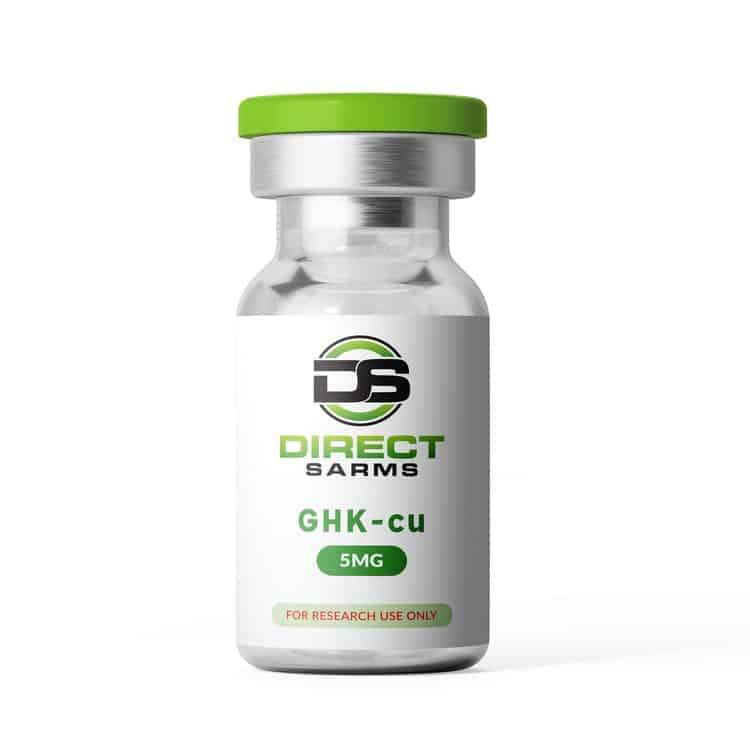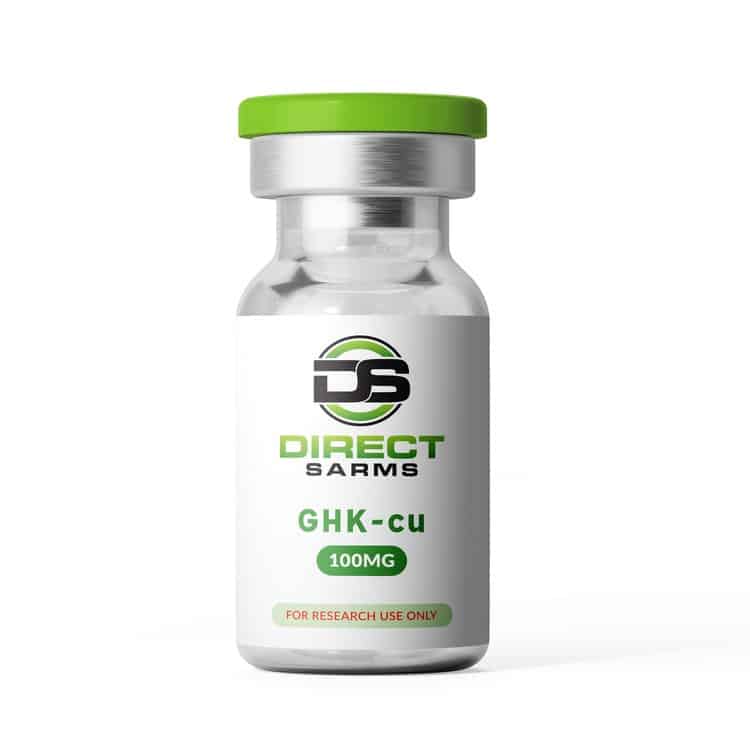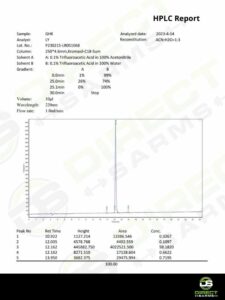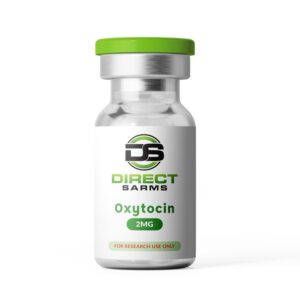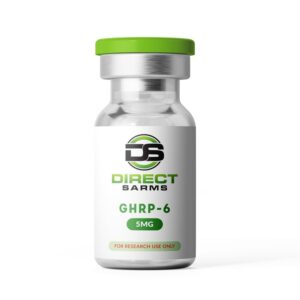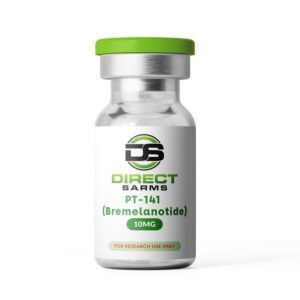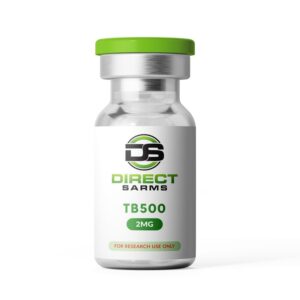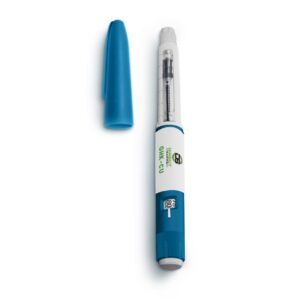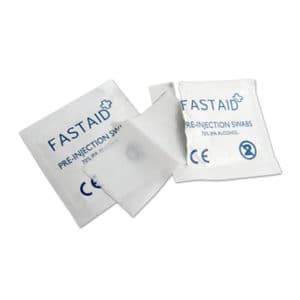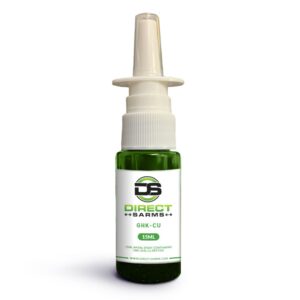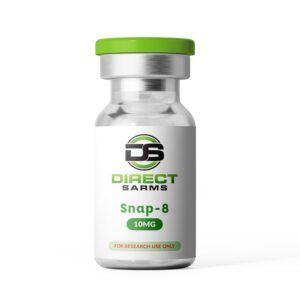GHK-Cu Peptide Vial
$28.30 – $90.96
The following are some of the roles and benefits that GHK-Cu has been shown in clinical studies to have:
- Wound recovery.
- Immune cells are drawn to the site.
- Antioxidants and anti-inflammatory properties are provided.
- Collagen production is boosted.
- Synthesis of glycosaminoglycans in skin fibroblasts.
- Blood vessel growth is encouraged.
GHK-Cu can also serve as a feedback signal for tissue damage, according to clinical studies. As an anti-inflammatory and tissue protector, GHK-Cu has been shown to reduce oxidative tissue damage.
505 in stock
First time customer gets 15% discount code = 1storder
GHK-Cu Peptide Vial Monaco
The copper peptide is found naturally in the human body, the GHK-Cu peptide is responsible for different biological body functions such as anti-tumour defence and wound repair on the skin. Also, GHK-Cu plays an essential part regarding the antioxidant and anti-inflammatory effects it gives in the body.
Monaco GHK-Cu copper peptide level reduces in the body when a person becomes older. You can observe that people in their 20s require 200mg/ml of copper in their bodies. Meanwhile, older adults have 80mg/ml of copper. Monaco GHK-Cu copper peptide also can perform protective and healing actions that you need to stay healthy.
Since the 1970s, experts discovered copper’s biological and molecular functions that brought forth a few interesting and relevant information about GHK-CU.
Based on this research, we can determine how copper is vital in our body functions. Monaco Researchers and experts support their studies by saying that Copper Peptide increases integrins function and P63 protein revives the epidermal stem cells. Hence, you would have the assurance of fast tissue repair.
GHK-Cu Peptide Vial Benefits Monaco
Skin renewal:
Human blood naturally contains GHK-Cu, which has been found to play an important role in skin regeneration pathways. According to studies done in skin cultures, glycosaminoglycans, collagen, and other extracellular matrix components like proteoglycans and chondroitin sulphate are synthesized and broken down by GHK. As a result of GHK-Cu recruitment, the positive effects on fibroblasts, endothelial and immune cells are partially attributed. These cells are drawn to the wound site, and their activity is coordinated to repair the wound.
In the world of skincare and cosmetics, GHK-Cu is a common ingredient. Skin elasticity is improved as well as skin tightening and firming are mediated by this product.’ Anti-ageing benefits include a reduction in hyperpigmentation and a reduction in the appearance of wrinkling and fine lines. In addition, it is critical to reduce the appearance of scars, prevent hypertrophic healing, smooth rough skin, and restore the structural integrity of aged skin by modulating collagen synthesis through the use of GHK-Cu. Some of the functions of GHK-Cu are mediated by its ability to increase the expression of TGF beta. In addition, the peptide’s various biochemical pathways may influence gene expression.
About a third of burn patients benefit from using GHK-Cu, according to Monaco studies on mice. As well as encouraging the growth of new blood vessels, the peptide also attracts immune and fibroblast cells to injury sites. As a result, cutaneous regeneration is a common occurrence in burnt skin. In light of these findings, burn unit wound care can be improved so that healing can occur more quickly.
Brain function:
Many questions remain unanswered about how degenerative diseases like Alzheimer’s cause neuronal death. Because of this, current treatment regimens are only partially effective. However, neuronal function declines with ageing, and GHK-Cu has been shown to be an effective treatment for these diseases.
The molecule has been shown to increase nervous system angiogenesis, stimulate nerve outgrowth, and reduce central nervous system inflammation. Furthermore, it has been shown to be able to alter the expression profiles of pathological genes and help restore a state of health to dysfunctional systems.
With increasing maturity comes a decreased ability to express GHK-Cu. GHK-Cu may be able to protect the brain from natural threats like gene dysregulation, according to researchers. The age-related decline in GHK-Cu, rather than the onset of new disease processes, is thought to be the underlying cause of neurodegeneration.
MiR-339-59/VEGFA has been shown to be an essential pathway for protecting neurons from apoptosis in rat brains following brain bleeds and strokes. Improves neurological deficits, reduces brain oedema and stops the neuronal death caused by overexpression of miR-339-5p in rat models.
Bacteria:
For both delayed healing and complete absence of healing, infection by foreign pathogens is the primary cause. Bacterial and fungal infections in burn patients and those with compromised immune systems pose a significant risk (e.g. diabetes, HIV patients). To counteract bacteria and fungi that interfere with the healing process, GHK-Cu and certain fatty acids have been combined to create an antimicrobial compound of considerable strength.
Diabetes ulcers can be effectively treated with GHK-Cu alone, according to studies on diabetic patients. Compared to control groups, patients who received GHK-Cu and standard medical care saw a significant increase in wound closure and decreased in infection rates. In patients with ischemic open wounds, similar results have been found.
Chemotherapy adjuvant:
GHK-Cu peptide vial has been shown in Monaco studies on murine models to protect the lungs from fibrosis, a common side effect of cancer patients treated with bleomycin. Consequently, GHK-Cu can be used as an adjuvant to chemotherapeutic drugs, which helps to increase the drug dosage but keeps the side effects under control. Monaco Researchers also looked into the peptide’s mechanism of action. These two inflammatory molecules have been shown to affect the lung’s extracellular matrix and its smooth muscles through modulation of TNF-alpha and IL-6 levels. As a result, the drug reduces inflammation in the lungs, increasing collagen production and preventing fibrotic remodelling of the lungs.
ARDS, an inflammatory lung disease that can quickly worsen and be fatal, was successfully treated in mice using GHK-Cu as a treatment. GHK-Cu was also found to be effective. Injury, infection and the use of certain chemotherapy drugs have been linked to the emergence of ARDS. Once again, the peptides work by reducing the expression of TNF-alpha and IL-6 in the bloodstream.
Pain relief:
GHK-Cu has a dose-dependent impact on pain-induced behaviour in rat studies. L-lysine, a natural painkiller, is increased in the peptide’s analgesic effects. L-arginine, an analgesic amino acid, has also been shown to be enhanced by the peptide in similar studies. There are alternatives to opioids and NSAIDs that do not harm the heart, and these findings show how they can be used to alleviate pain.
There is also the option Monaco to buy GHK-cu nasal spray and buy GHK-cu pre mixed peptide.
References:
[1] https://www.hindawi.com/ journals/omcl/2012/324832/
Sequence: Gly-His-Lys
Molecular Formula: C28H52CuN12O8
Molecular Weight: 748.346 g/mol
Disclaimer: We do not supply sarms or peptides to any individual under the age of 21. You must be a licensed and qualified healthcare practitioner. Our team of dedicated professionals are committed to providing an extensive range of products used ONLY in the process of laboratory research by responsible trained and professional individuals. All products listed on this website (direct-sarms.com) and provided through Direct Sarms are intended for laboratory research purposes only. The products listed on this website are NOT for human or animal consumption or ingestion of any kind.

